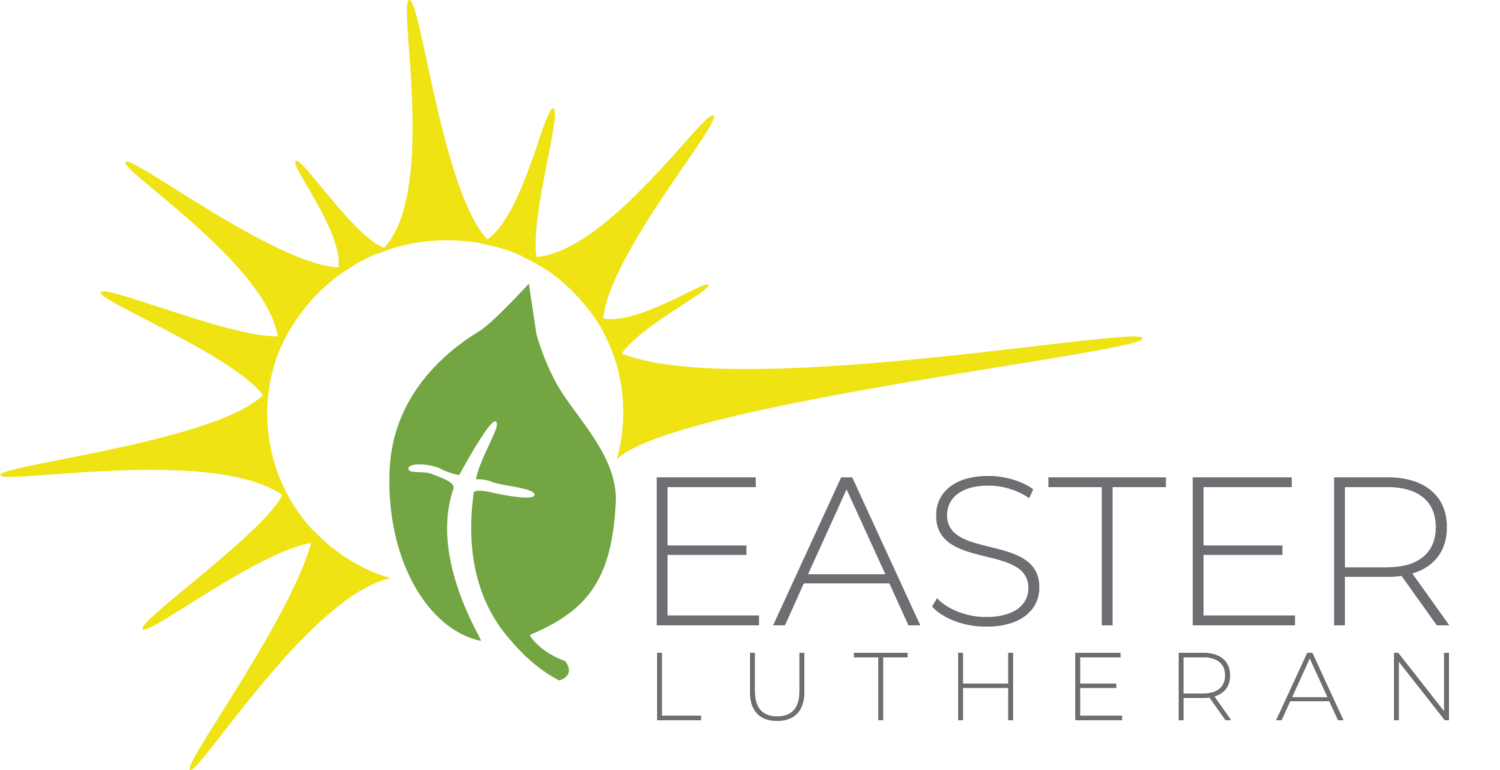Grow Guide | October 15, 2023
Together For Good
Ruth 1:8-18
Connecting Questions
Tell about a family member who believed in you and showed up.
What’s been a challenging commitment in your life?
Prayer for Illumination
Let us pray, Loving God, we pause today grateful for this next breath. We are grateful for the chance to connect with others today for we all carry such hurts and hope. Open your Word to us. Open our hearts to let your word speak to us and change our lives. We pray in the name of the Jesus, Amen.
Context
We are “Together for Good”; God is good! Our fall season we are exploring the way God builds relationships through the stories found in scripture. Come explore the many opportunities to grow in faith and carry on the work of Jesus Christ at Easter. So glad you are here!
Sermons can be found at Easter.org/worship.
From Pastor Diane Jacobson at EntertheBible.org:
The Book of Ruth tells the story of 3 people: Naomi, a widow from Bethlehem in Judah; Ruth, her daughter-in-law from Moab; and Boaz, a gentleman farmer from Bethlehem. Ruth, in a supreme act of devotion, follows Naomi home from Moab and there meets Boaz, Naomi’s close relative. Boaz understands that Ruth, though a foreigner from a despised nation, is a woman of worth. Through a scheme of Naomi to send Ruth to meet Boaz in secret, and through the cleverness of Boaz, who claims Ruth before the city elders. Boaz and Ruth marry and have a child, thus ensuring the continuation of the Davidic line that eventually leads to the birth of Jesus.
Look at the Book
Open Ruth 1. This book is a standalone, poetic story considered among the most beautiful of biblical writing. Remember, the Bible is like a library; it is full of different kinds of writings.
There is one key character missing that we might expect to find in a book of the Bible. Who is it? Why does that matter?
Google Ruth. What do we know about her? Make a profile.
Many women remain nameless in the Bible. Why is that? What does it mean that we know Ruth’s name?
Ruth has been thought to be a “quiet polemic against intermarriage” between differing people groups. What are some historical examples about power trying to keep people groups “separate?”
Read Ruth 1:1. What was happening in the world that prompted Elimelech to leave home? Where was home? What does his hometown name mean?
Read Ruth 1:2-7. What prompts this important scene of Naomi, Orpah and Ruth?
What does Naomi command the two women to do? How does she “bless” them?
Count how many times Naomi implores them to “go back home.” Why?
Verse 13, Naomi—not God—wants to change her name. To what? Why?
Verse 14, Orpah and Ruth take different tacks in response to their mother-in-law. What are they?
When people moved into a new country in Ruth’s day, the assumption was that they would become the religion of the community. Ruth recognizes this. What do you make of her speech to her mother-in-law?
Hesed in Jewish tradition is God’s faithful, lovingkindness. It expresses God’s loyalty to you and me. How might that be good news for someone who does not know God?
Who has stubbornly shown love in your life?
What do you want to talk about that has not been brought up yet?
Taking it Home
What does life giving loyalty look like in your life? Where have you seen it?

